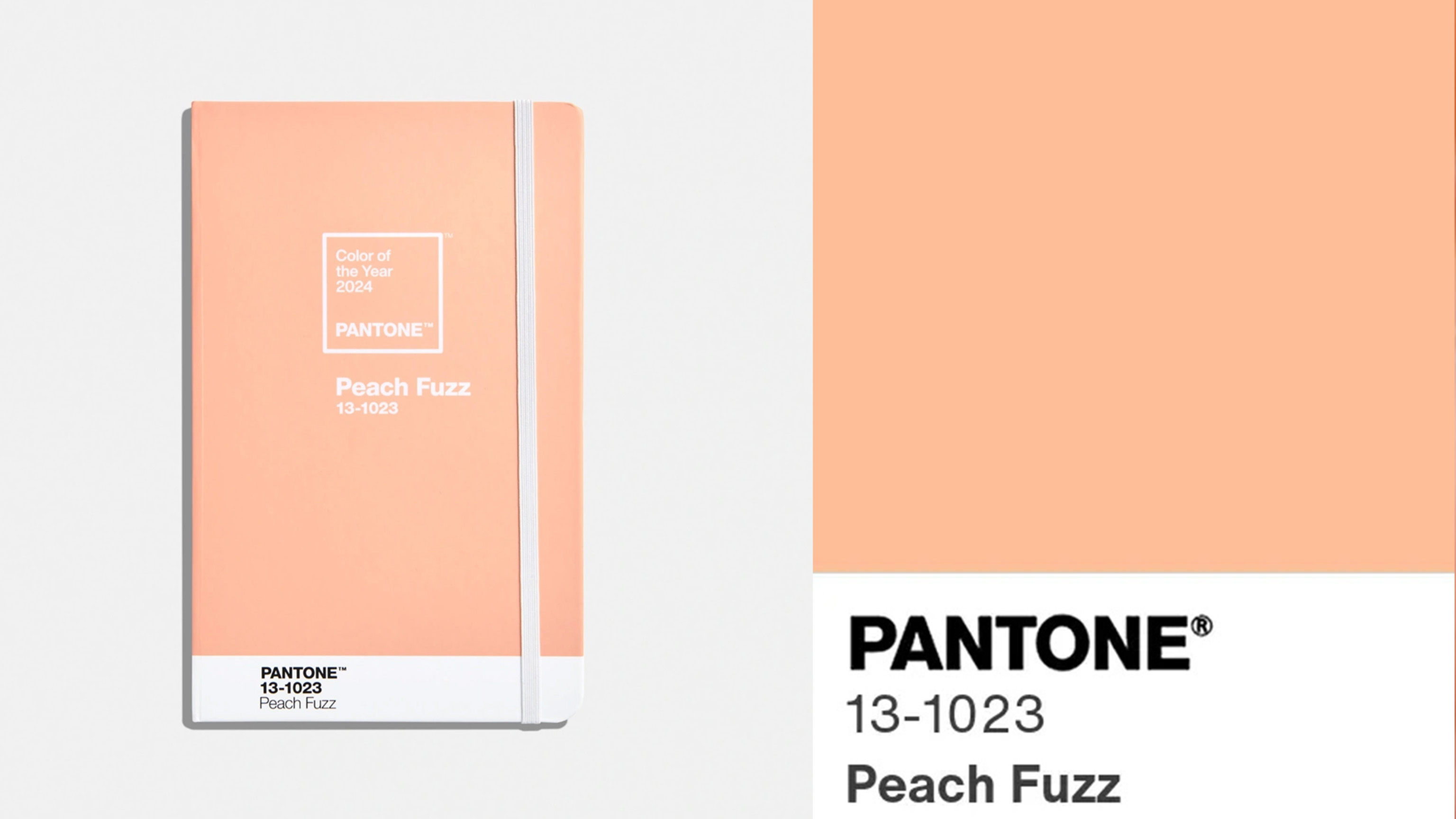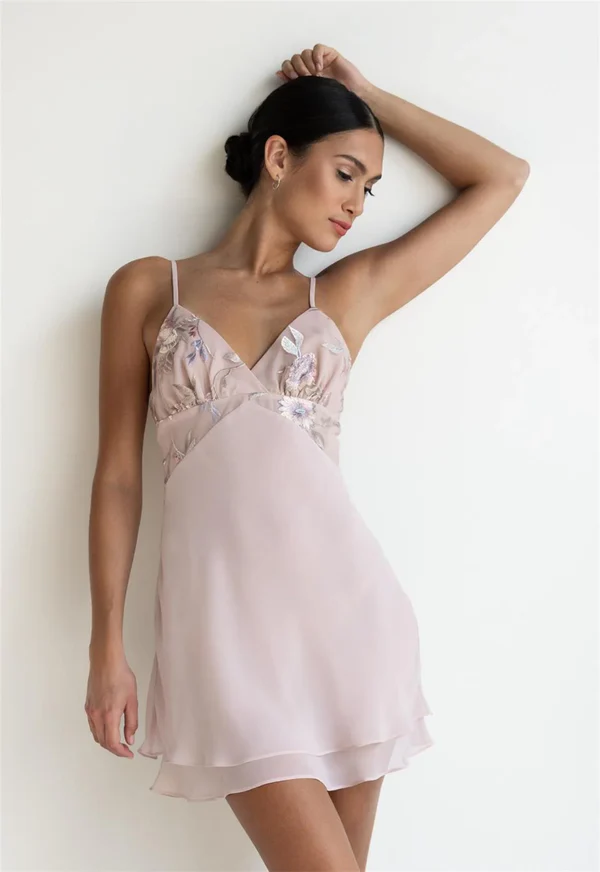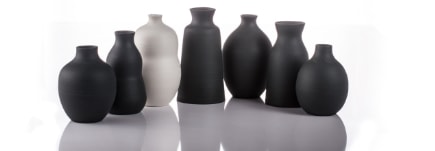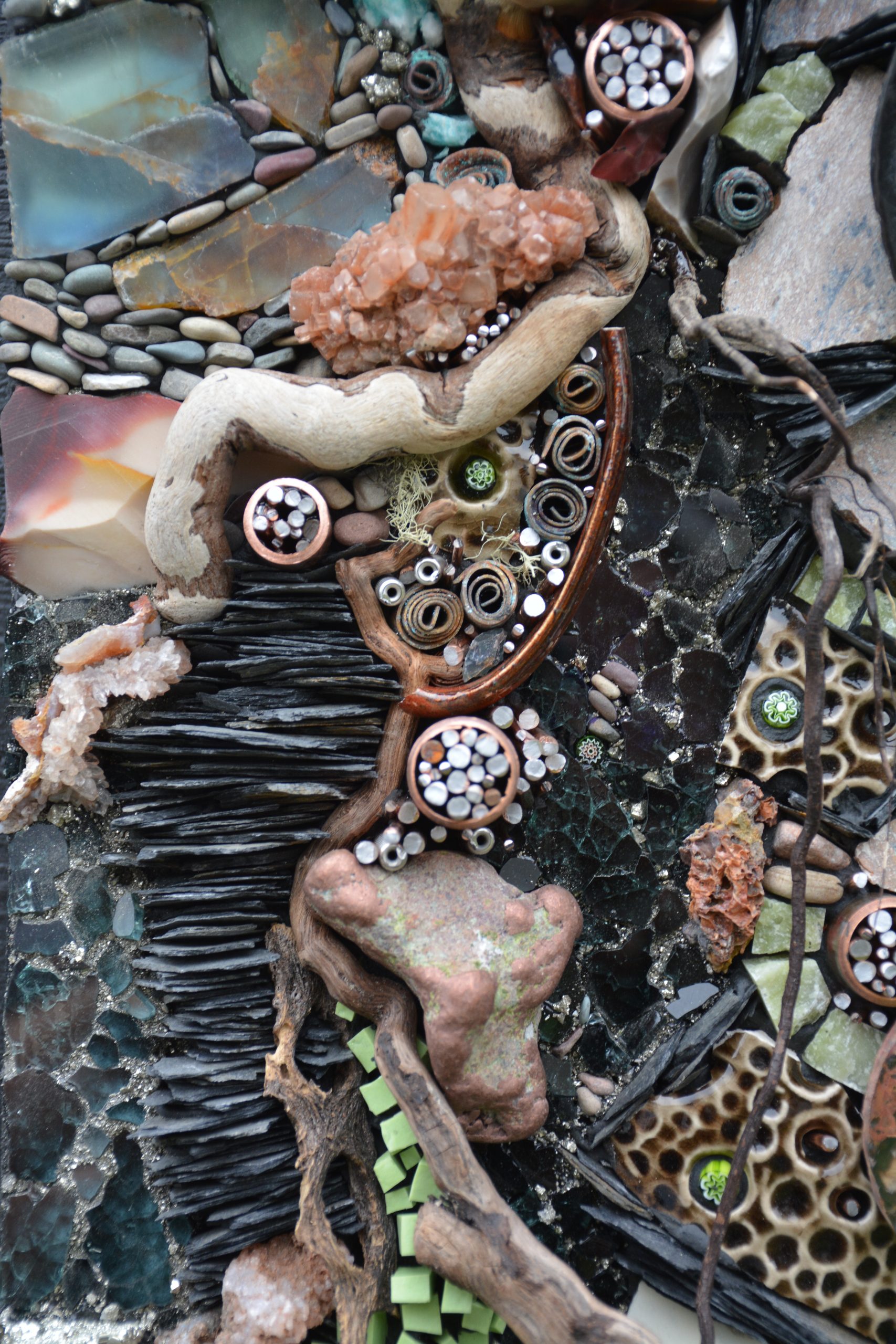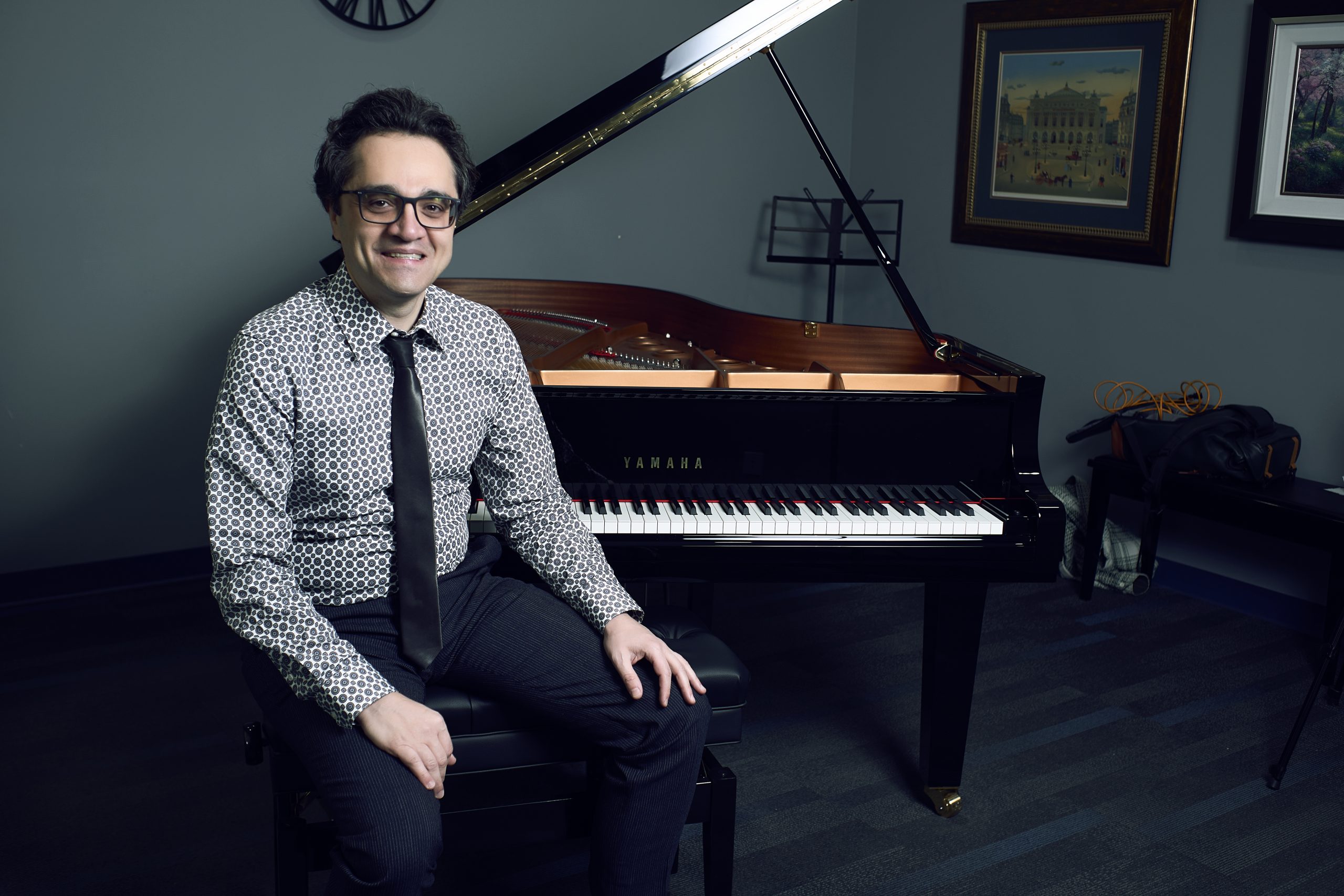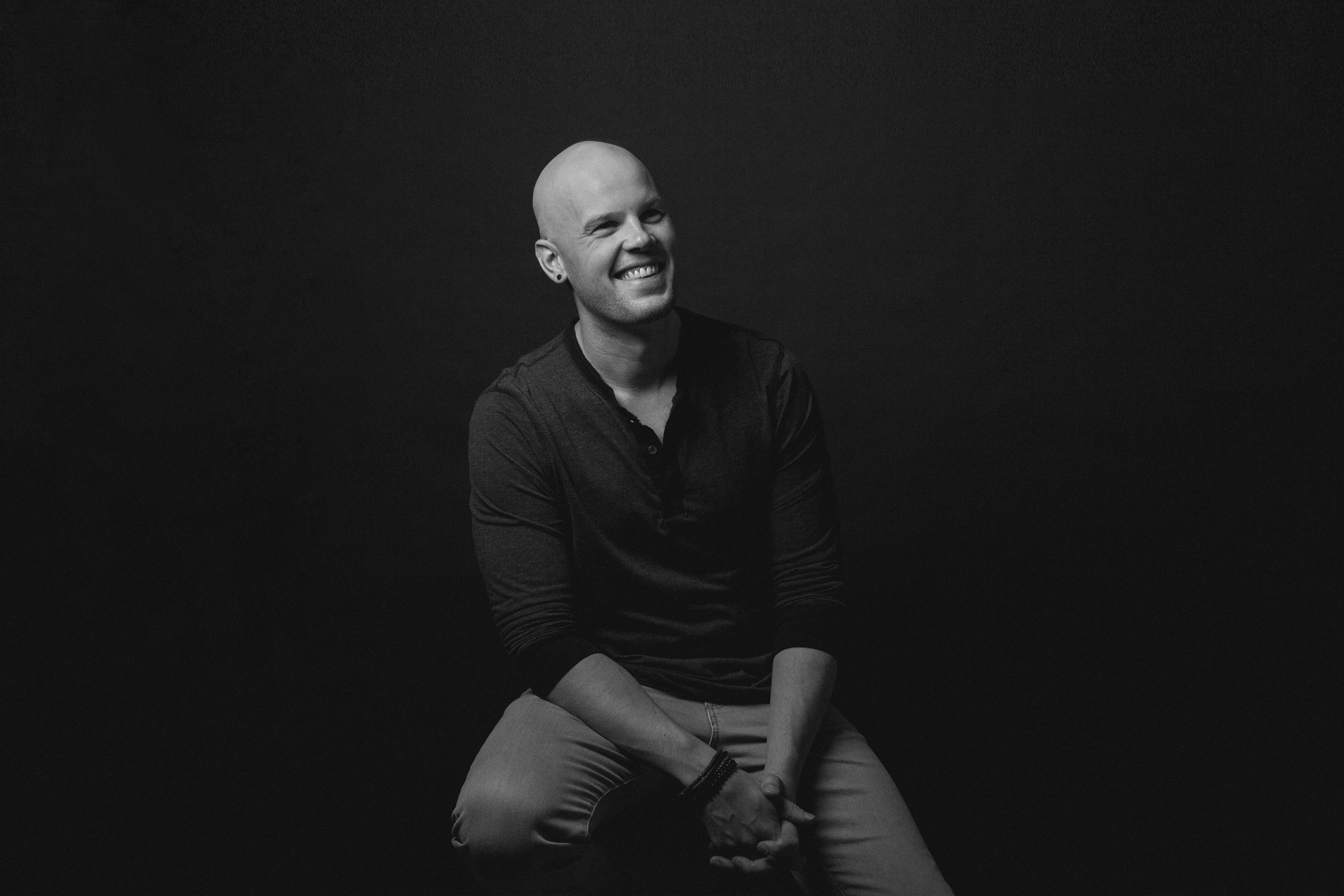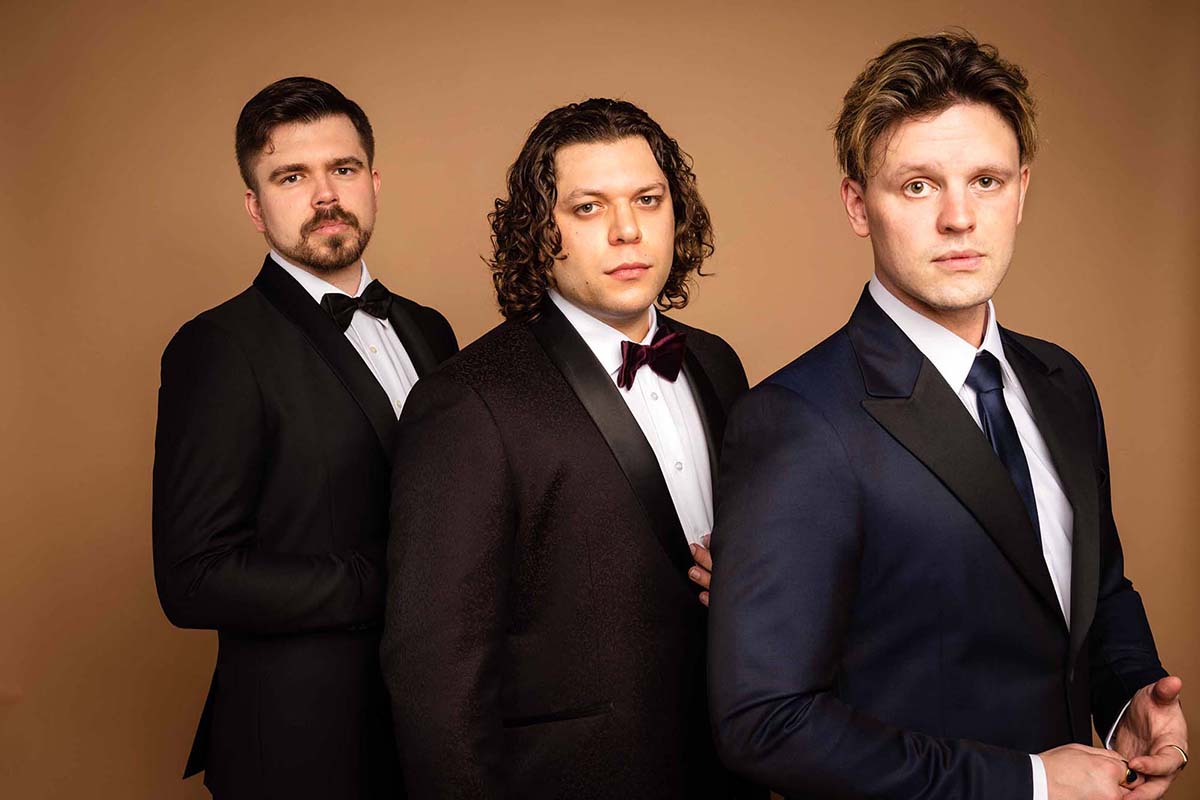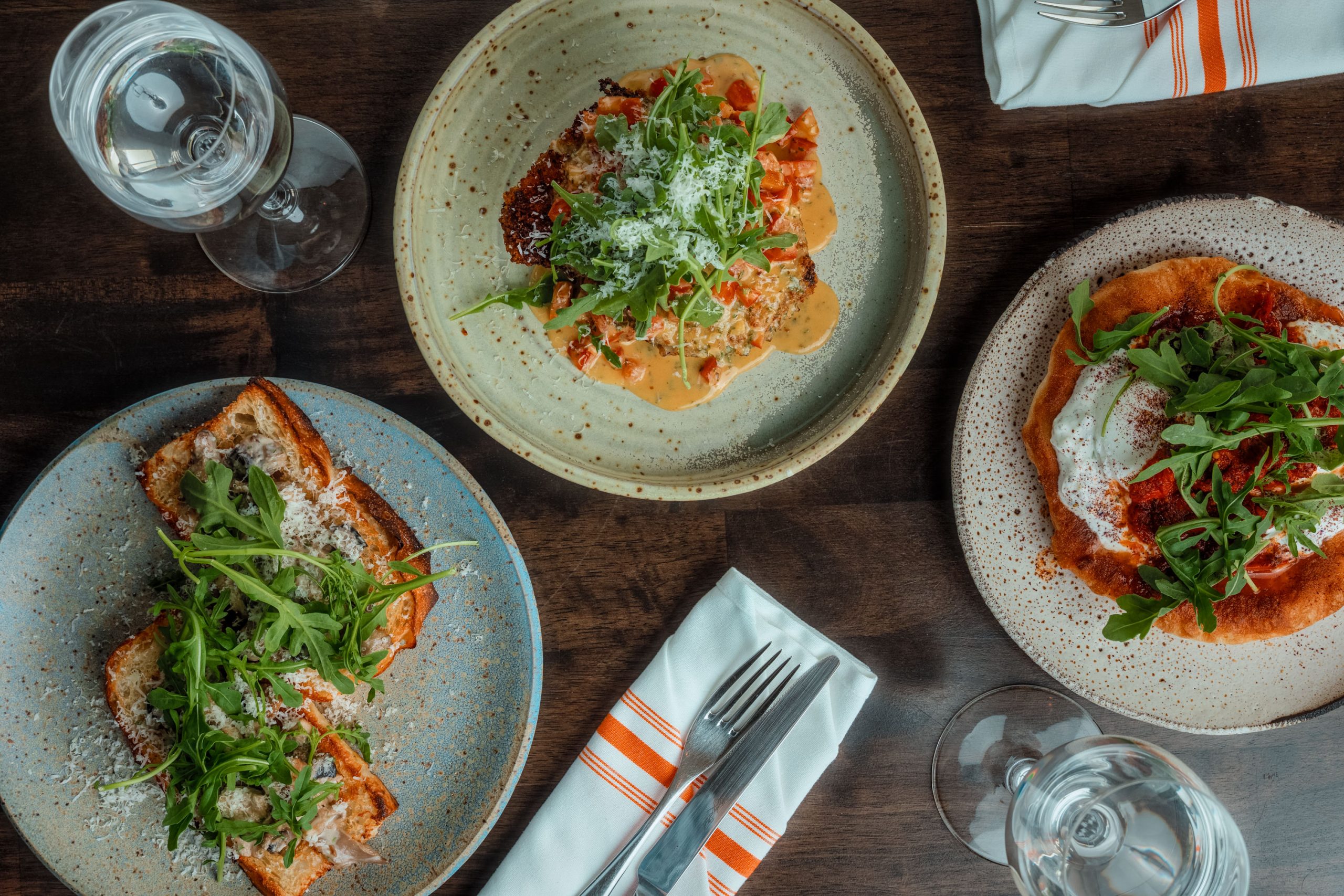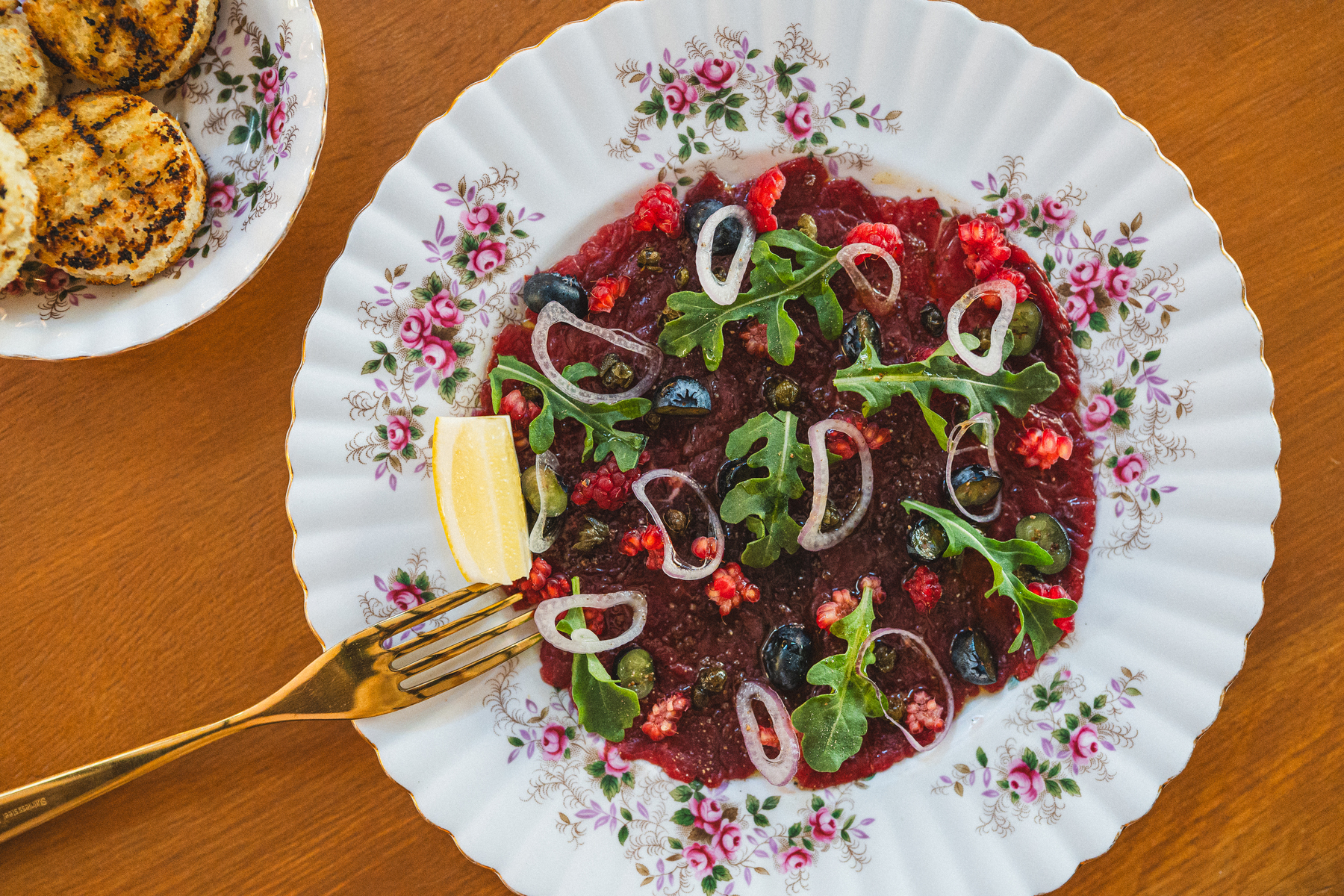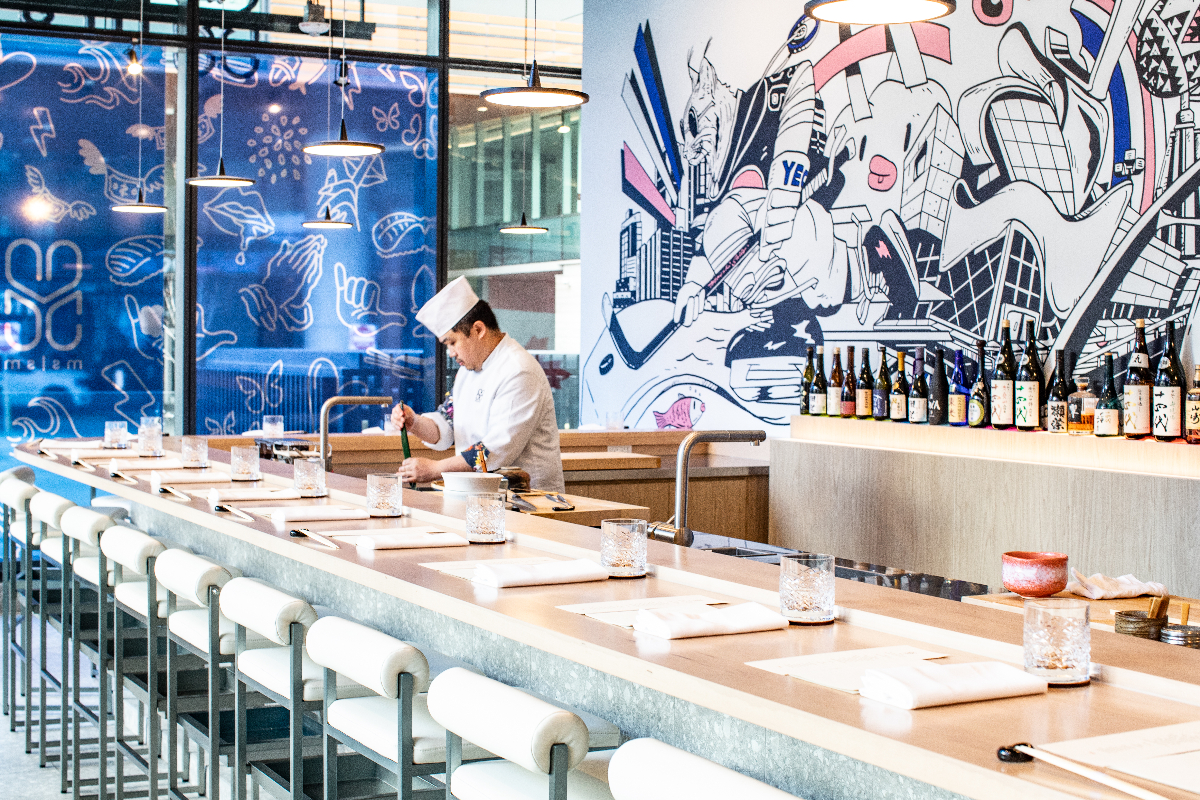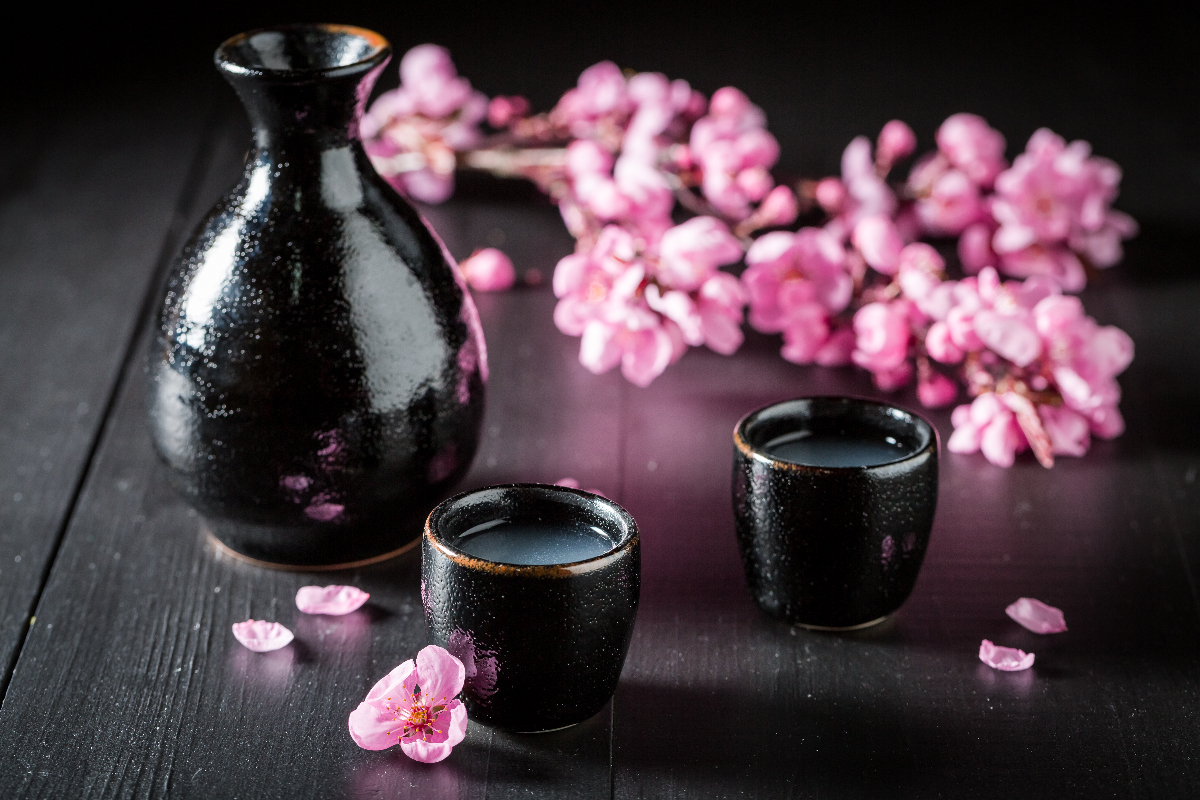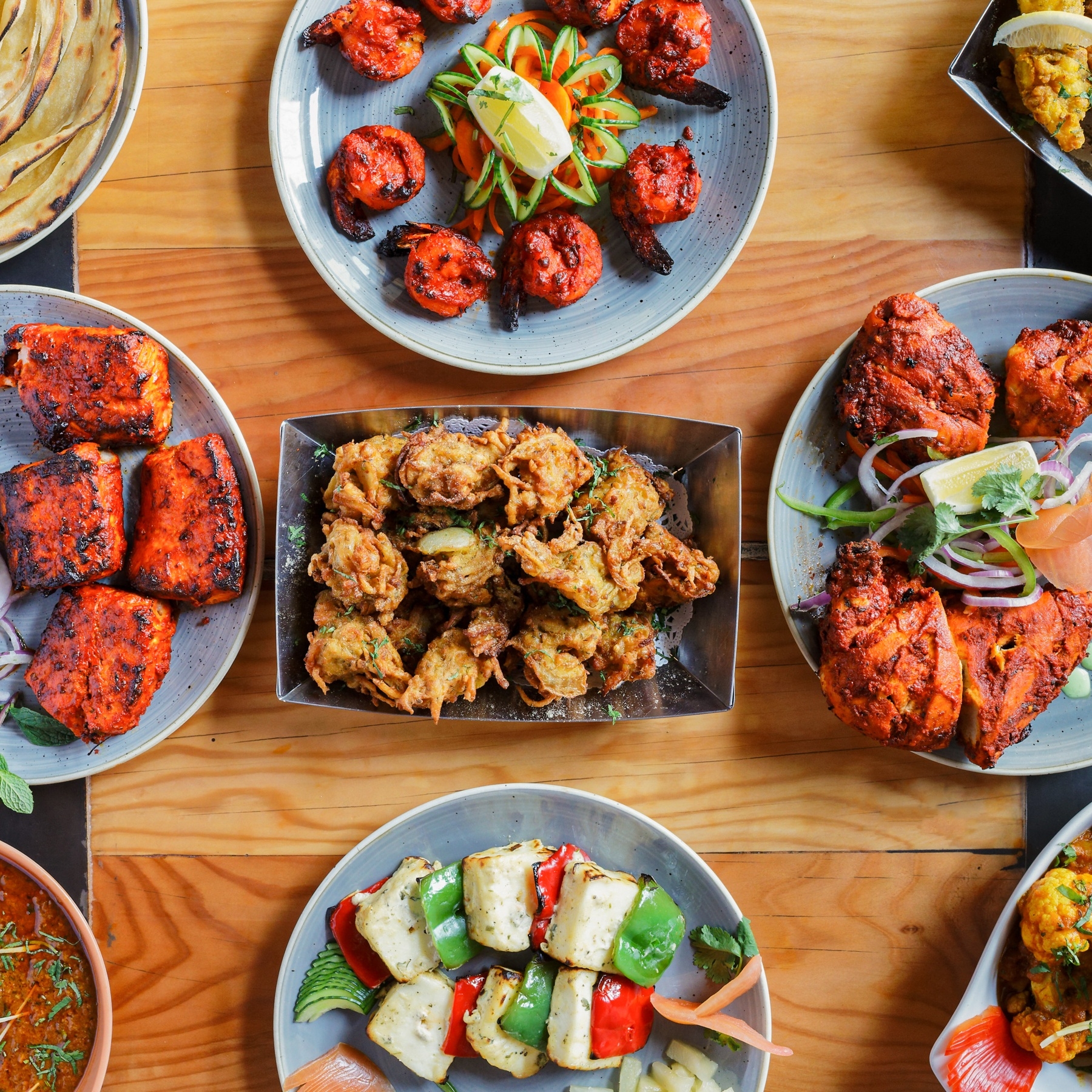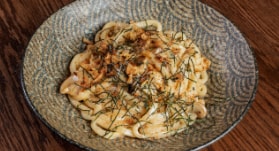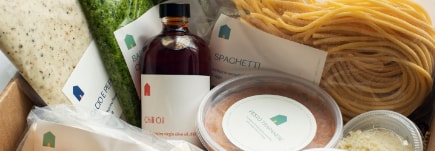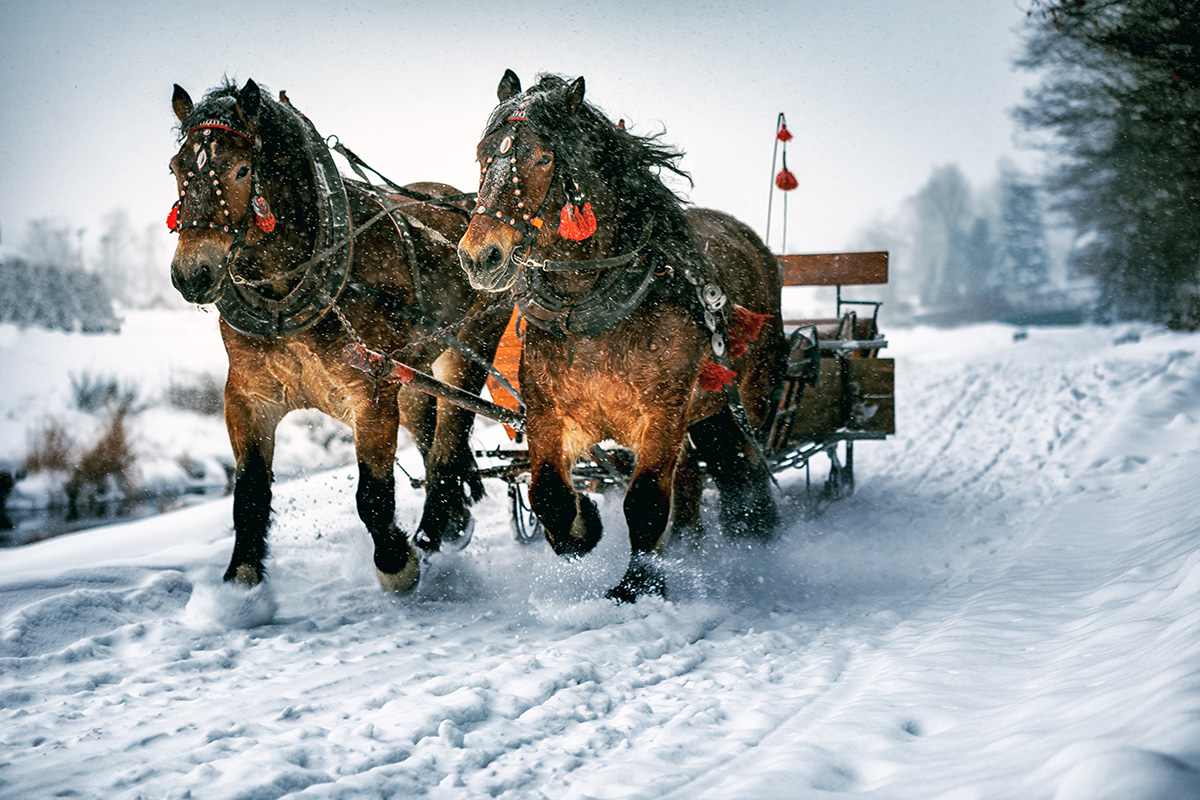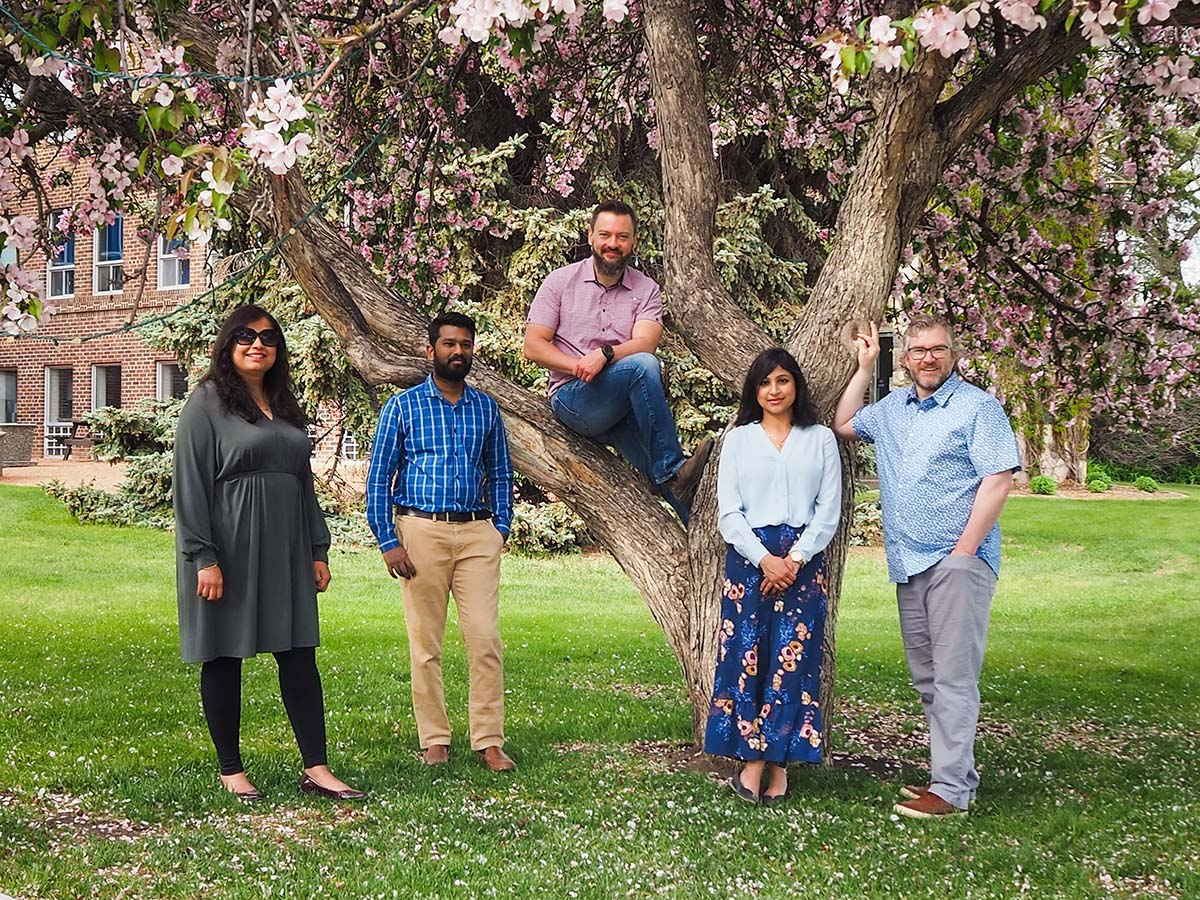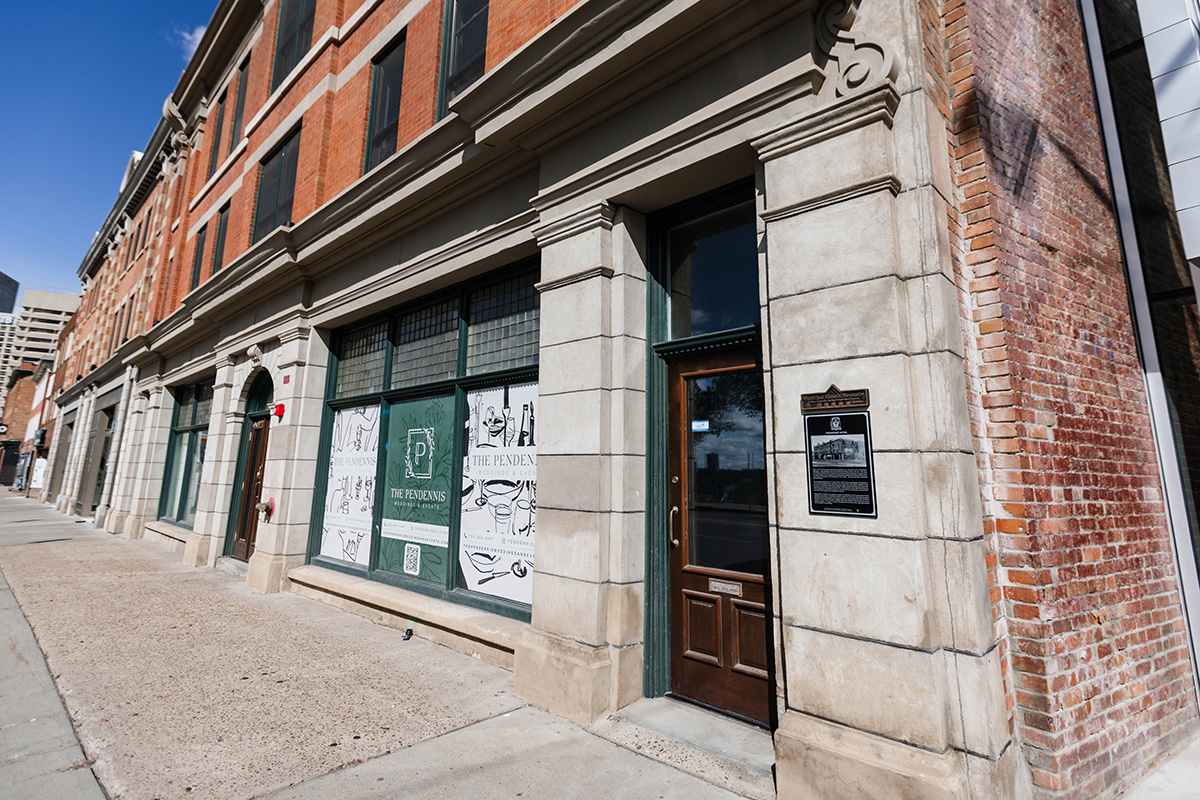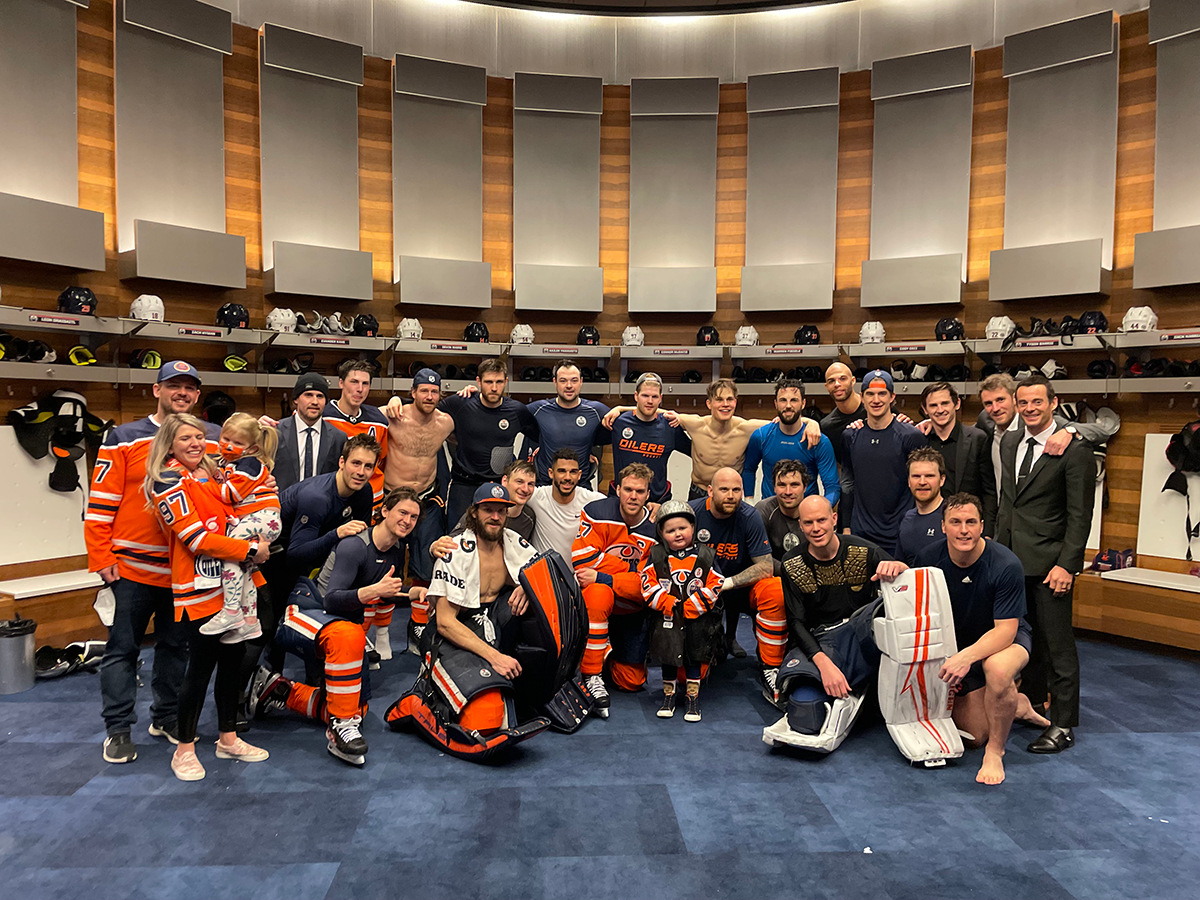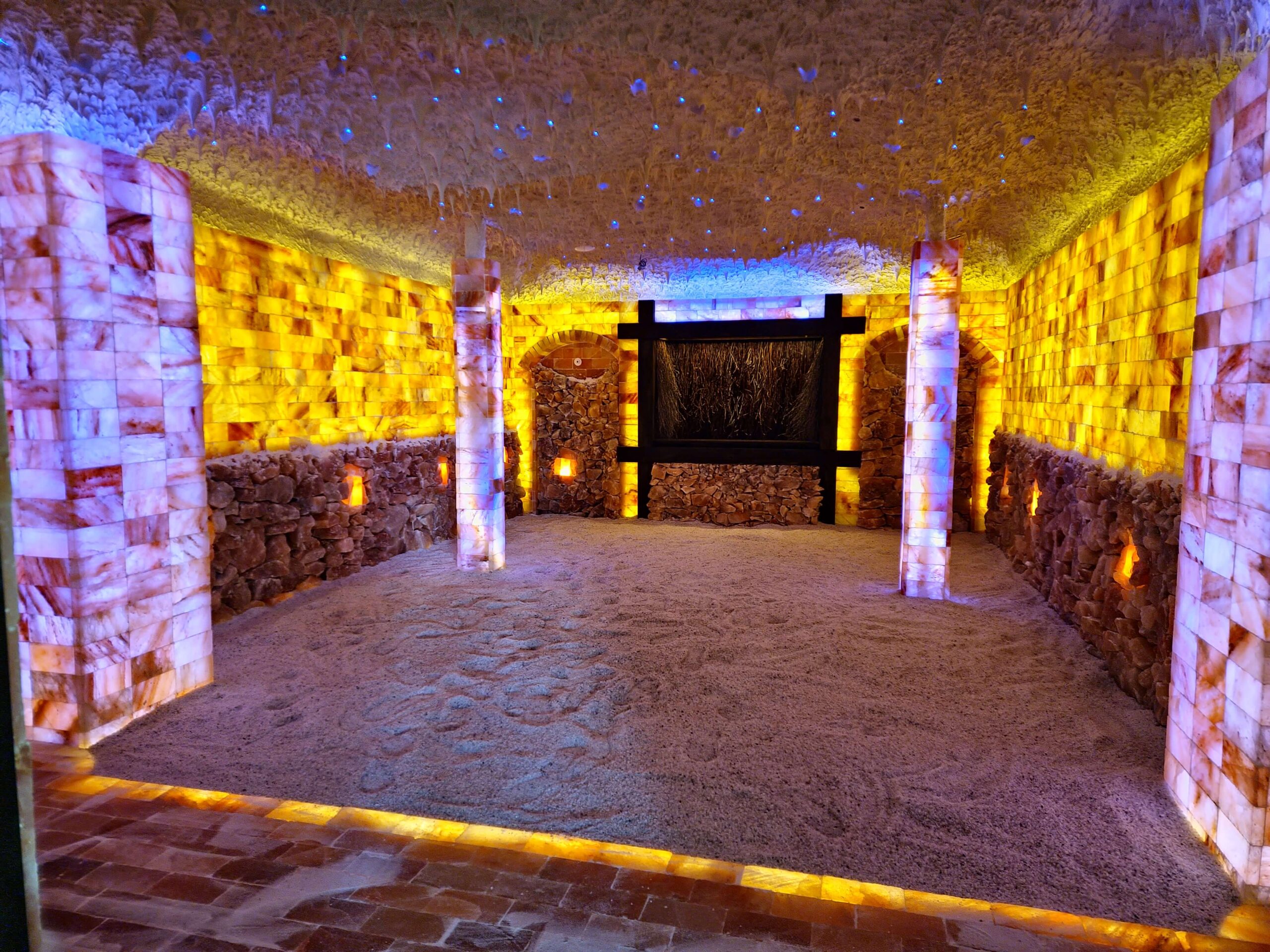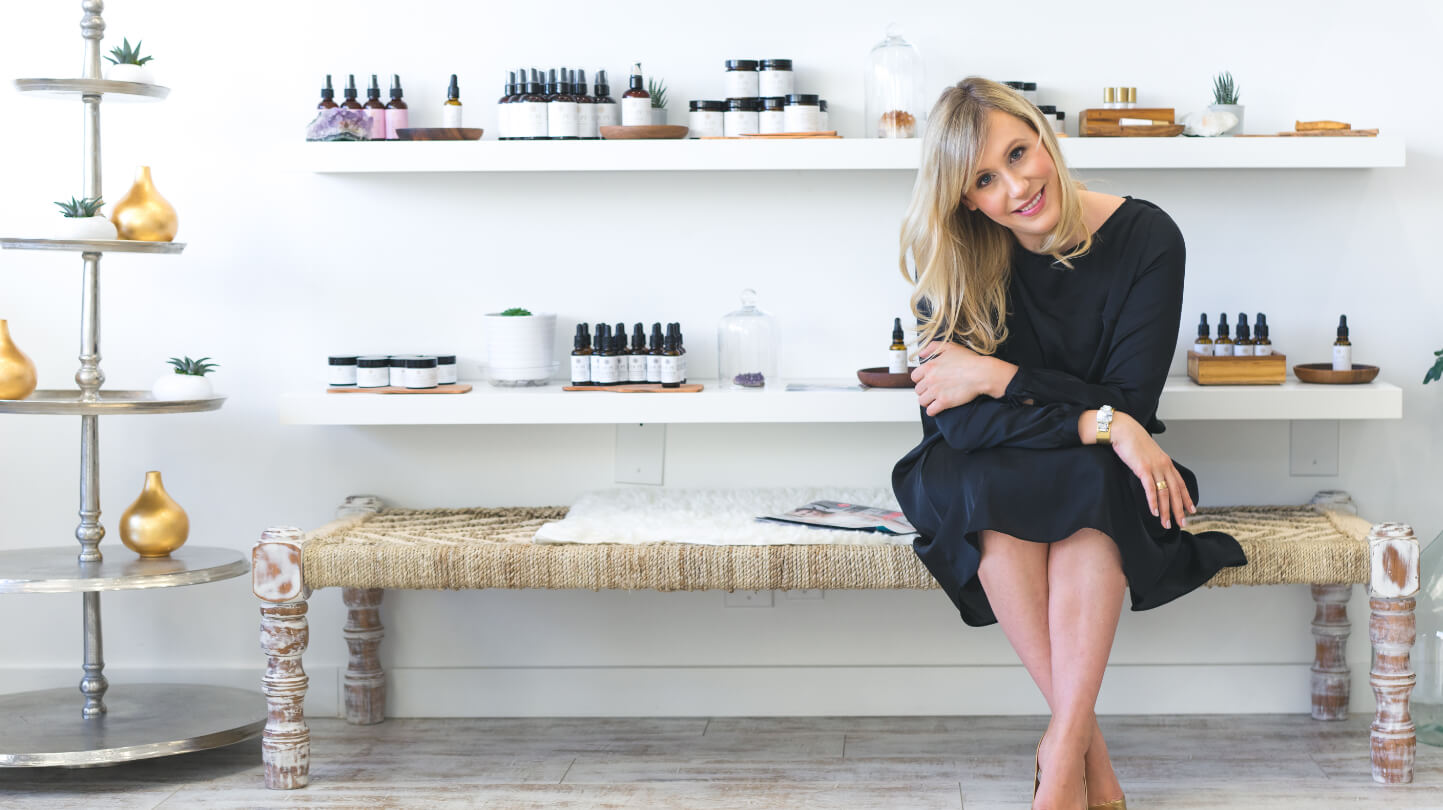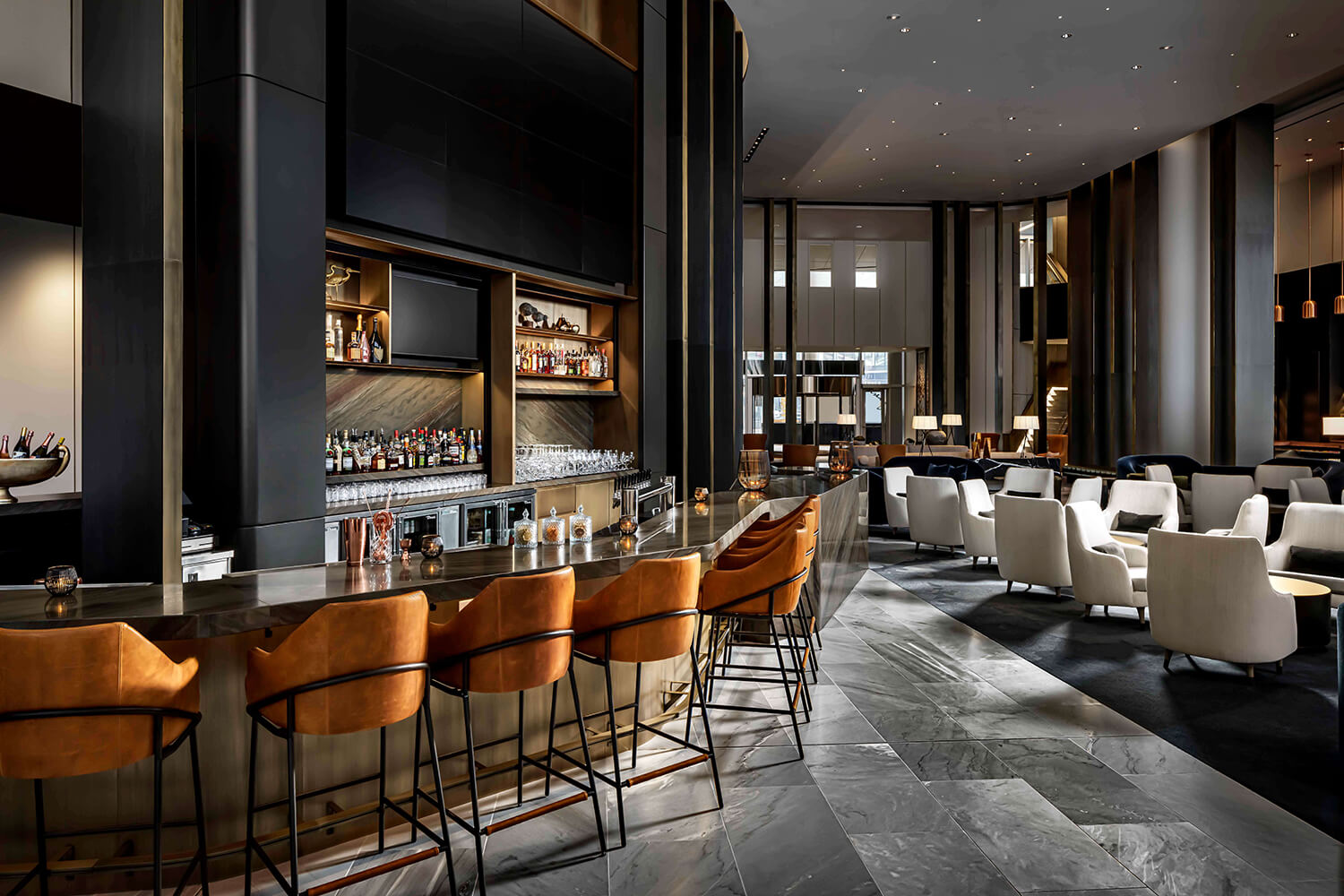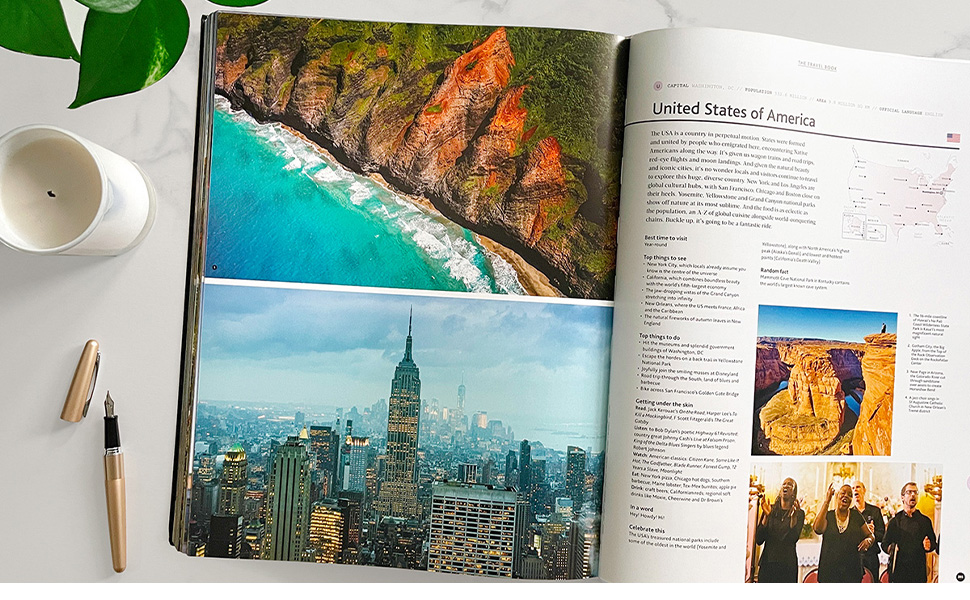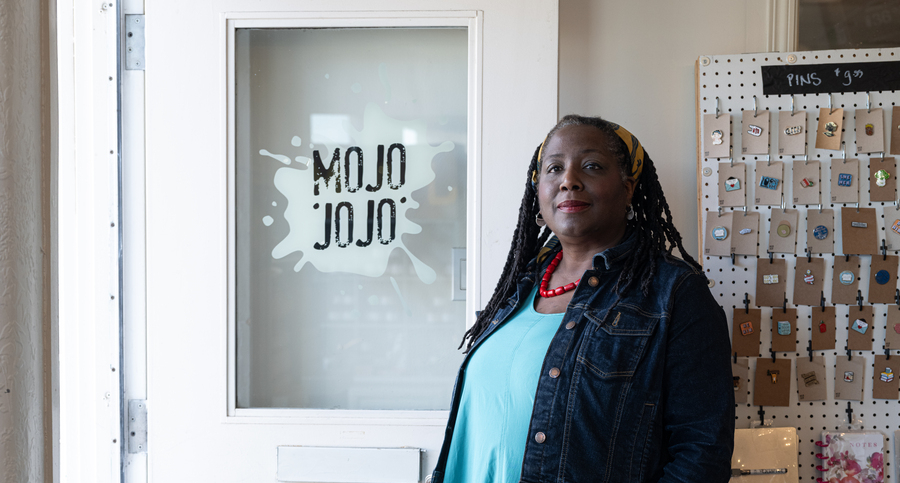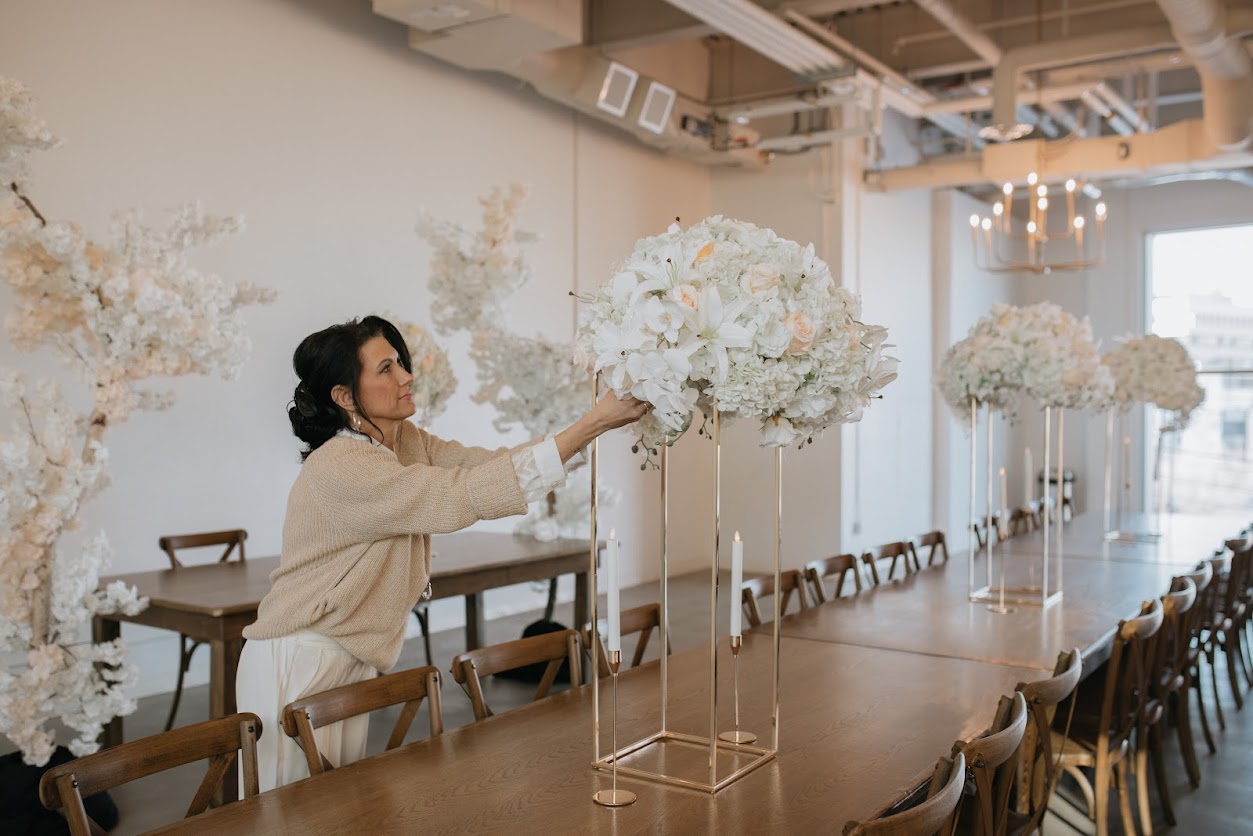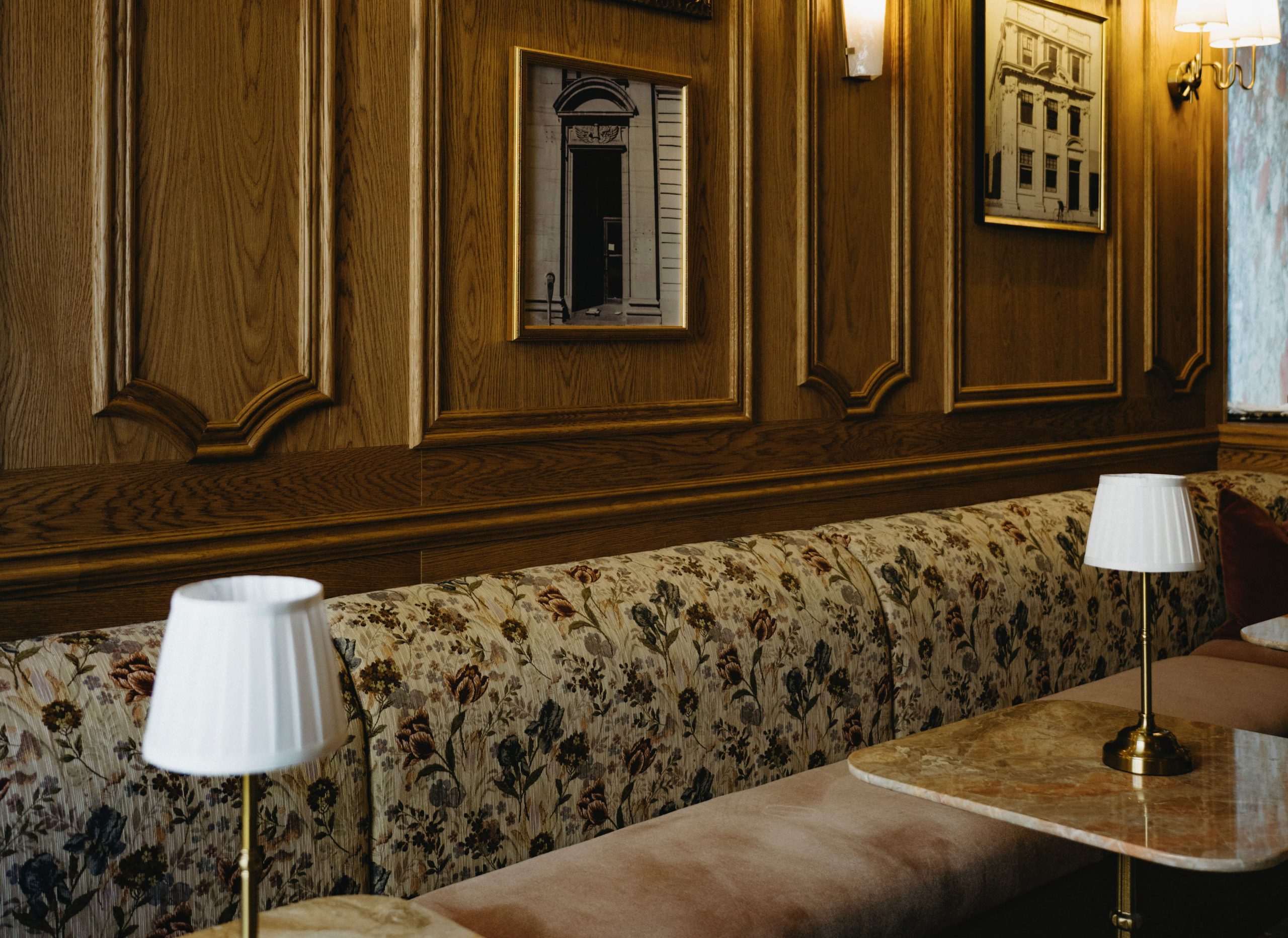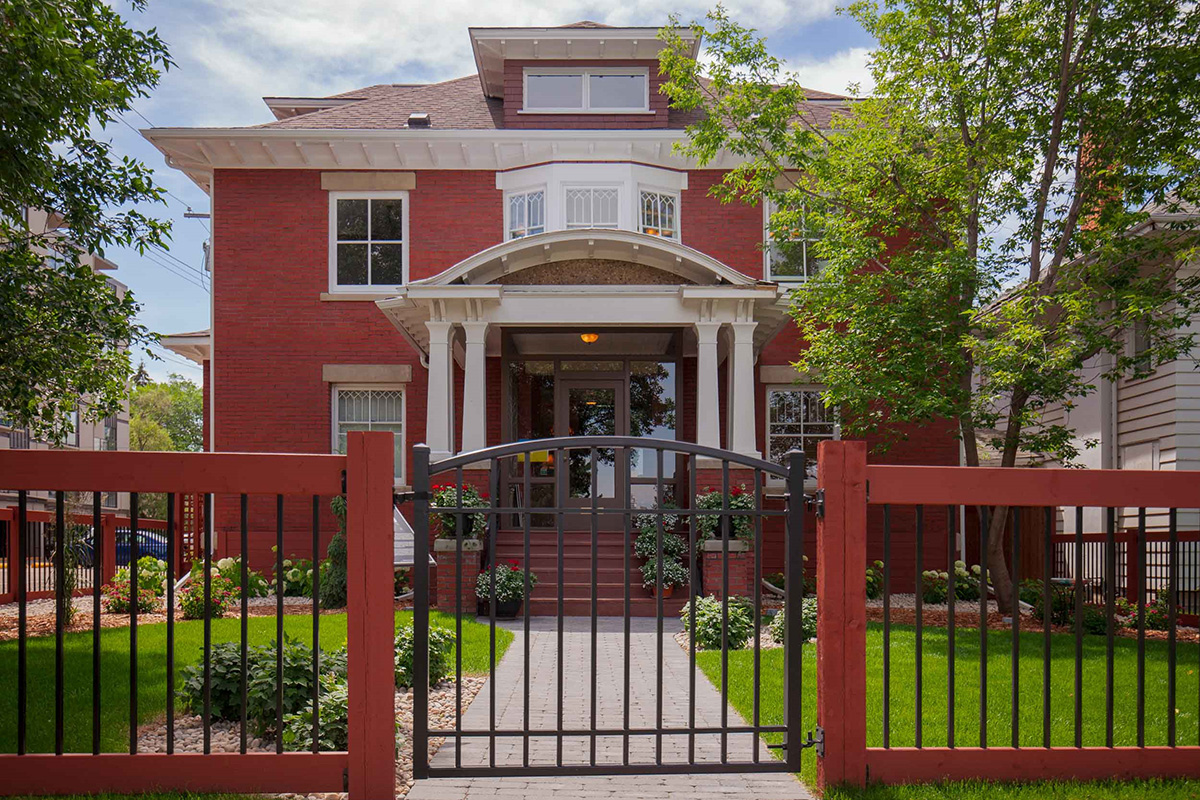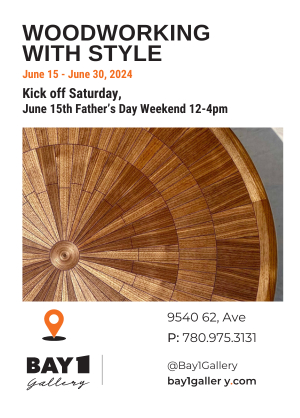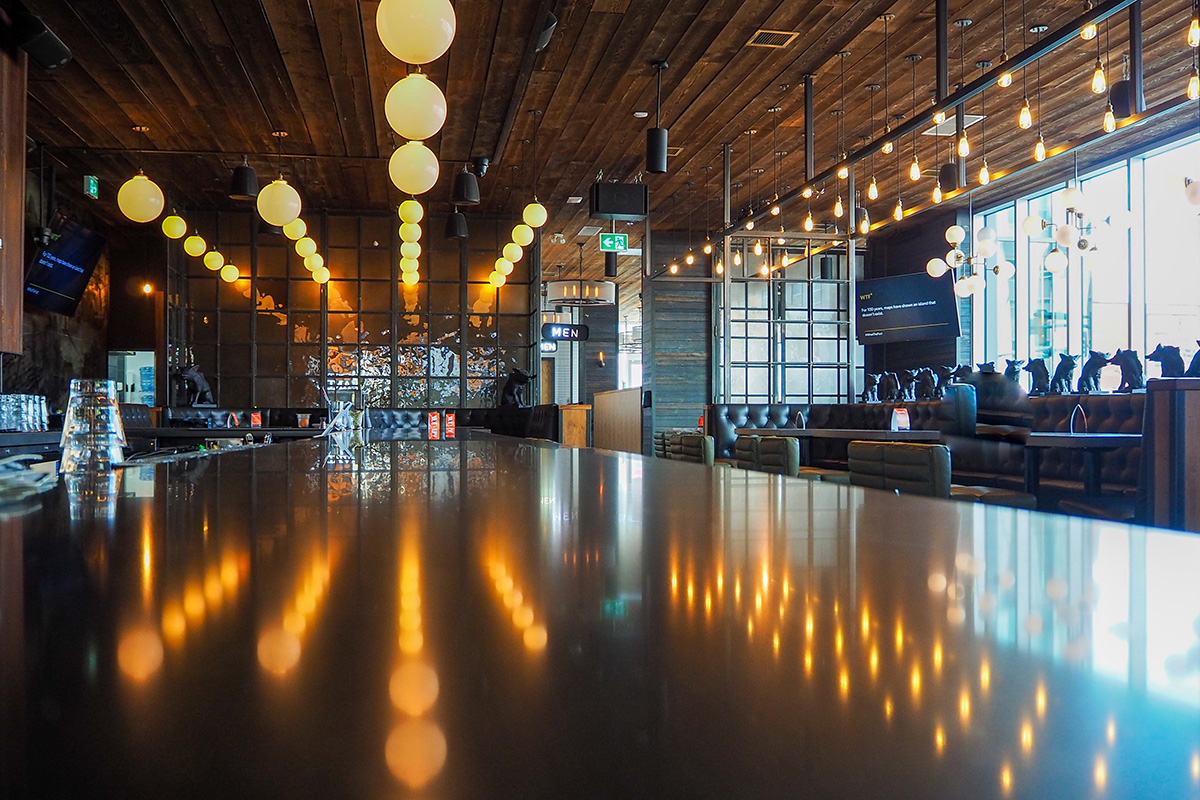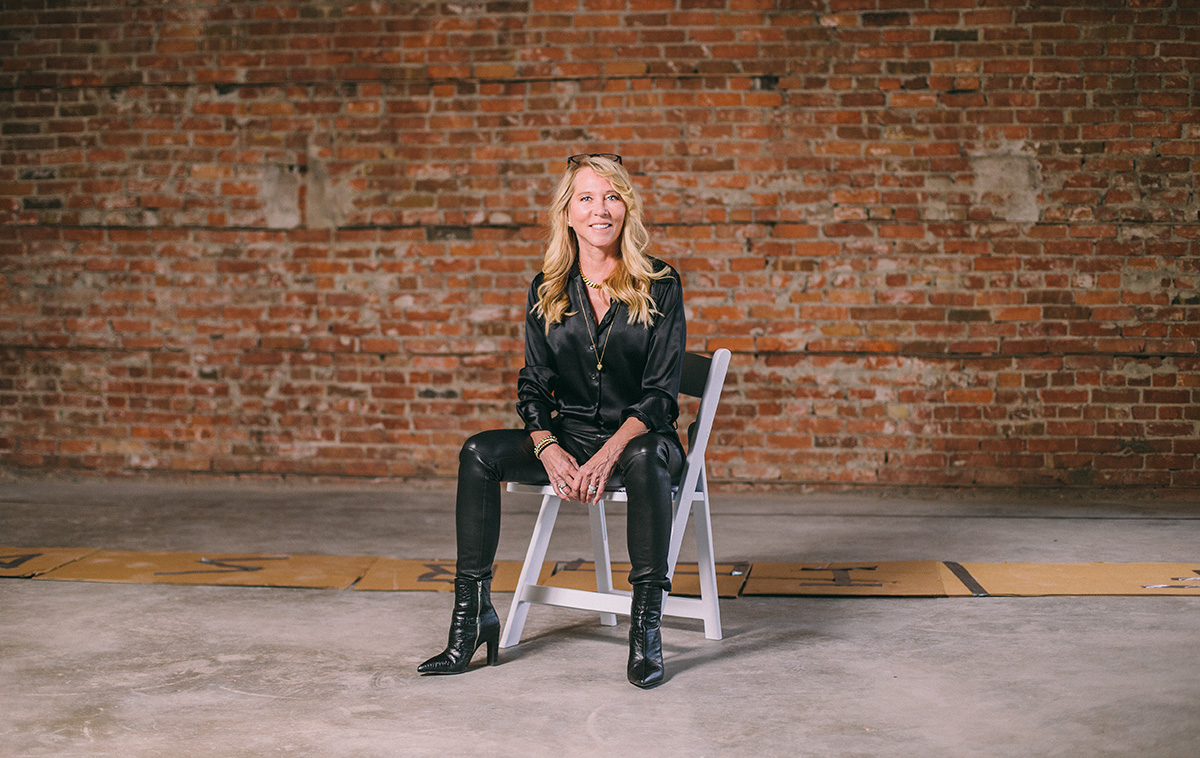Old-world skill creates modern-day heirlooms
Scenic oil paintings, fine bone china, and other traditional heirlooms find their way more readily to thrift stores than they do to relatives’ homes. Made well enough to survive the ages, yes, but out of place now in modern times. Ask former chef, Kevin Kent, about passing along something beautiful that’s made to last and he’s got the answer: any one of the handmade Japanese knives displayed in his Knifewear stores.
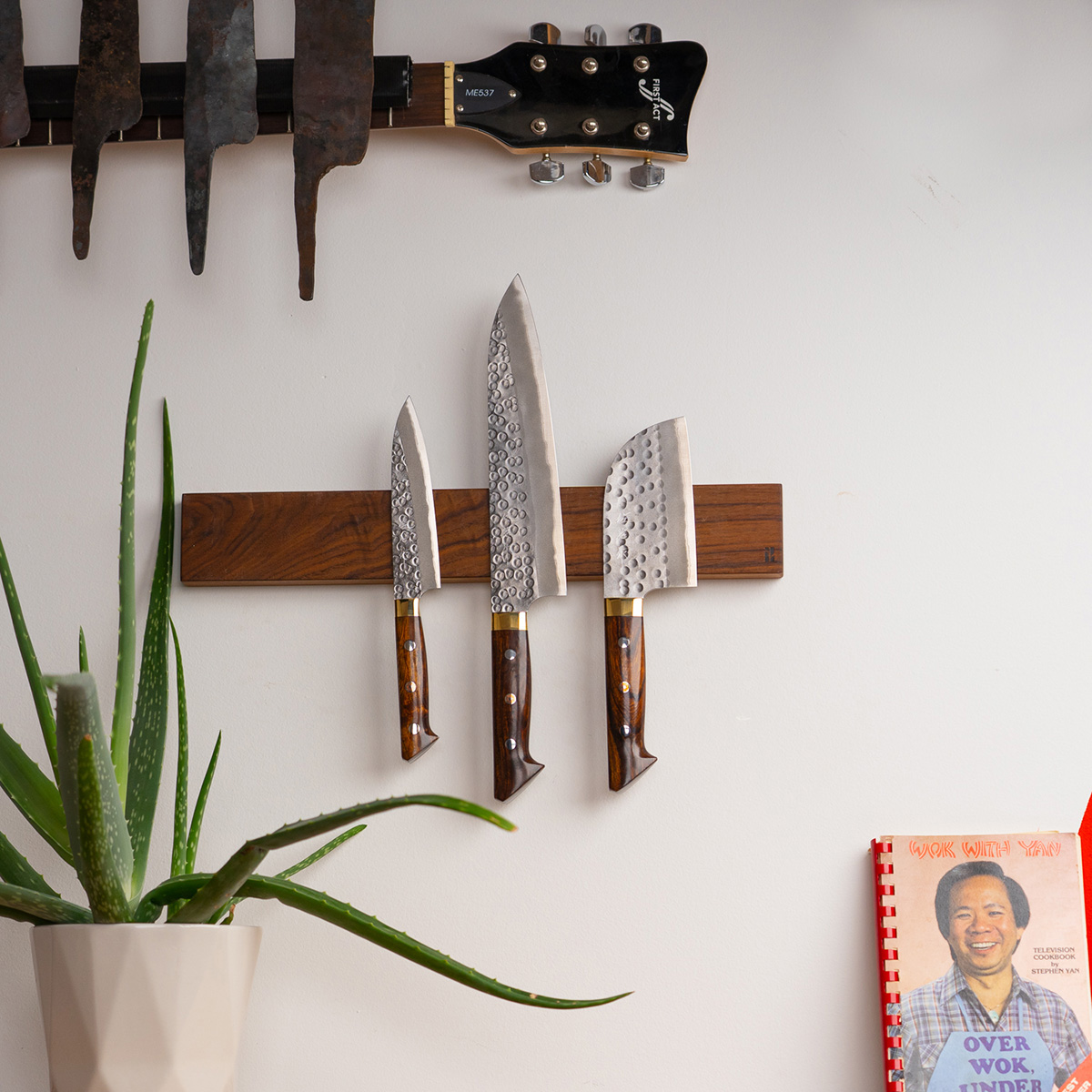
Kent was working at St. John, the prestigious restaurant in Smithfield (London), under master chef Fergus Henderson when he attended a chef’s convention in the late 1990s. It was there that he became familiar with the unique craftsmanship of Japanese knives. Kent says that feeling the blade effortlessly slice into a tomato (like it was butter) was a life-changing experience. In 2007, he returned to Calgary and immediately plotted to import the knives. His sole intent was to sell them to other chefs and make some money so that he could afford more for his personal collection, but the reception and demand were so overwhelming that it became a full-time business, and Knifewear was born.
When asked what makes these knives so special, Kent explains that unlike machine-manufactured knives made in Europe or North America, these blades are handmade by Japanese blacksmiths whose family history of creating swords dates back 32 generations, to 1293. Post-war, these blacksmiths shifted their business from swords to straight razors and knives, with families refining their skill ever since.
These craftsmen are involved at every stage: purchasing the steel, hammering it down, punching it out, polishing, sharpening, heat treating, and finally attaching the handle—each step of the process is done by hand. The technology used to make the best swords in the world 730 years ago is still implemented in making these knives today.
Knifemakers also use this craft to produce the stunning and unique patterns created using Damascus steel.
“That pattern you see [in the steel] is basically history in Japan. The way the old swords were made, they would make their steel, and then they would hammer it flat and then fold the steel over [and over again],” says Kent. “What all of this work did was make the steel tougher. It made the steel harder because it knocked all the impurities out. By hammering it many times they made it harder and tougher. When they finished the knife and looked at it, they’d see all these little lines in it. So now the blacksmiths are doing it to show off what [they] can do.”
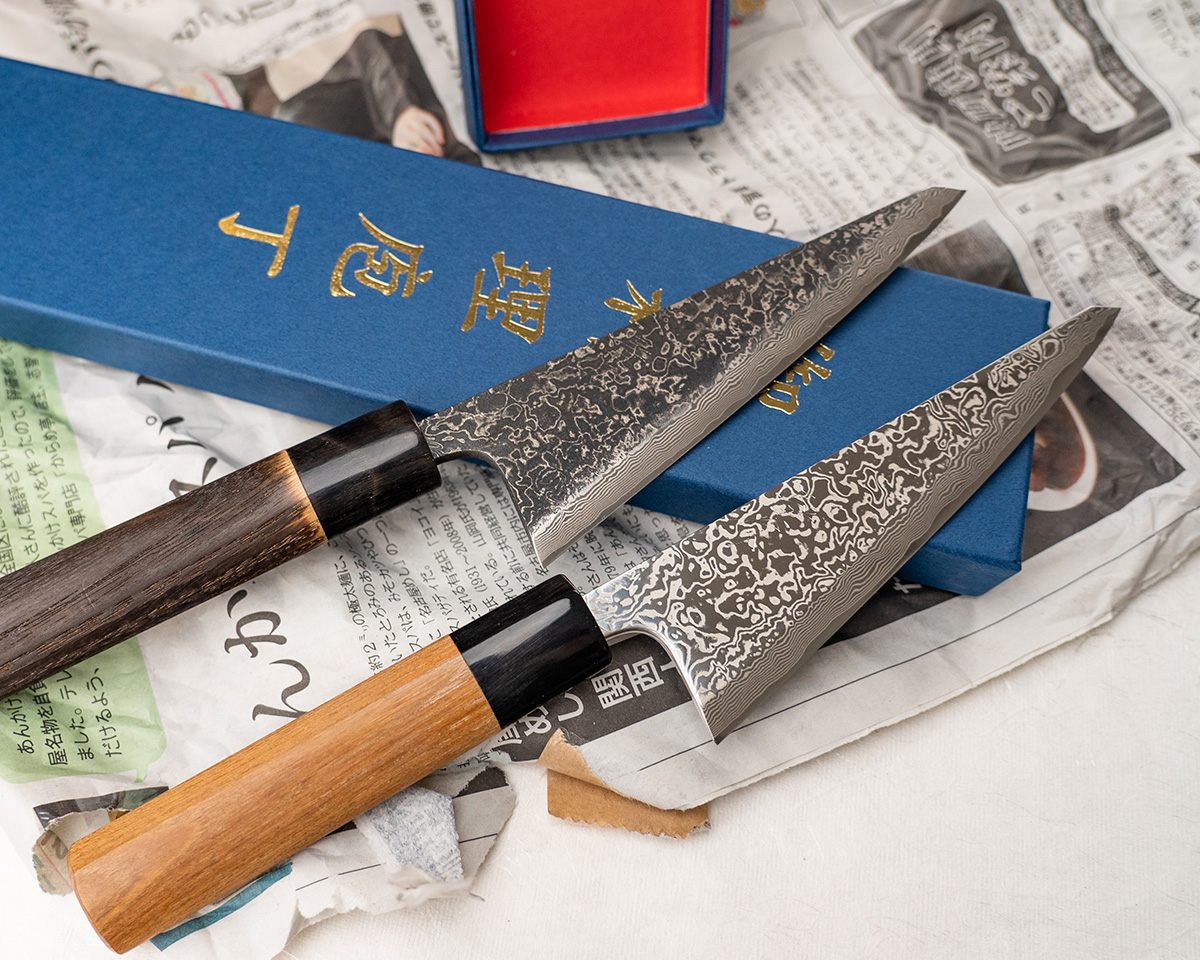
After the success of Calgary, Kent opened Knifewear stores in Edmonton, Vancouver, Toronto, and Ottawa. He has also diversified the inventory to include chef-loved gadgets, cookbooks, and even unique spices and products not commonly found elsewhere. In addition to the cool and beautiful things available for purchase, Knifewear also offers knife sharpening, even if knives have been purchased somewhere else. Half of the proceeds from knife sharpening fees go to support several charities, including ‘The Centre For Autism Services Alberta’.
“We like to say we’re sharpening our communities,” Kent says. “We’re trying to spend our money in ways that we think impact our communities because the sum of money [donated] has become so large that it can actually make big differences.”
A potential heirloom that offers direct benefit to the community makes a knife from Knifewear a gift that keeps on giving.
Find Knifewear (Edmonton) at 10816 82 Avenue.
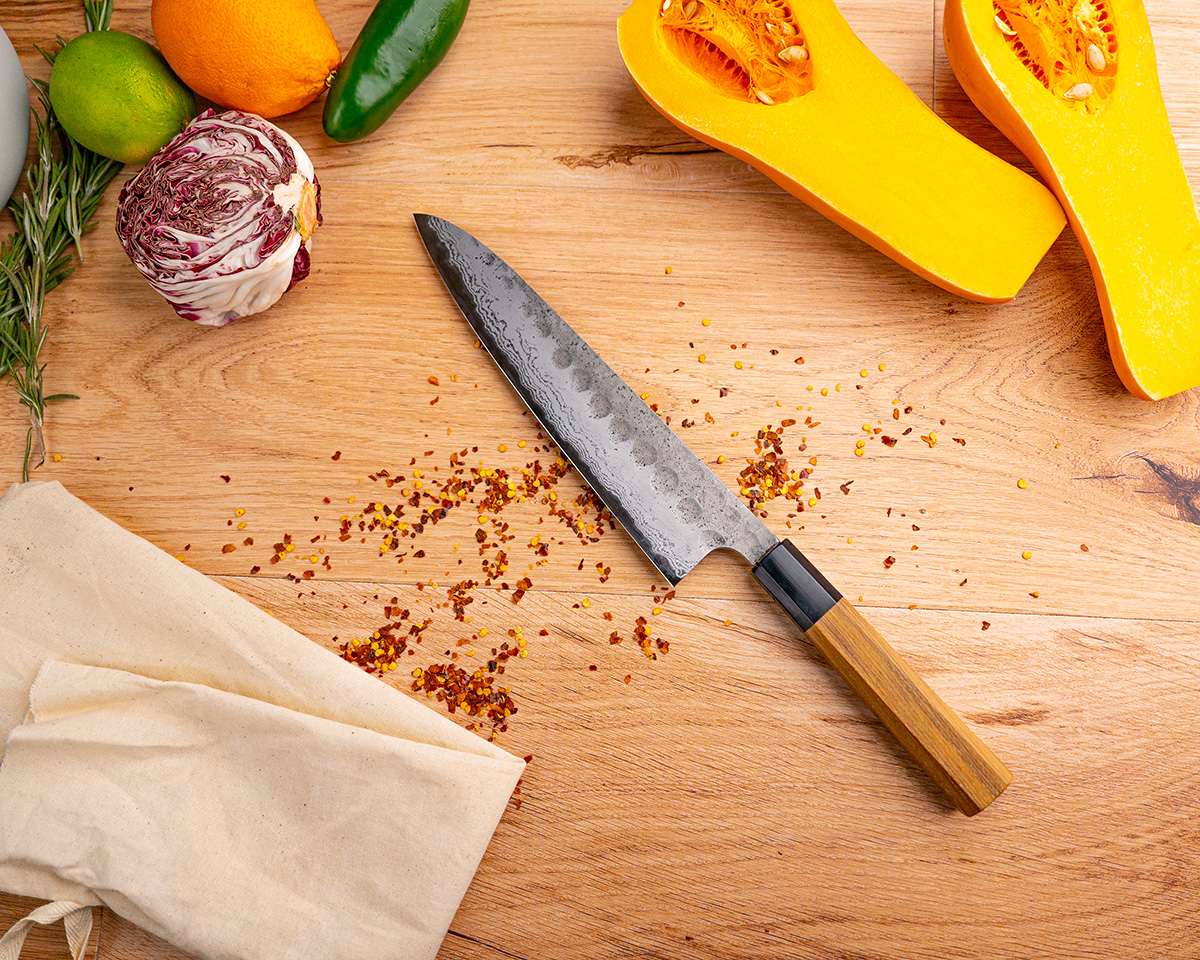
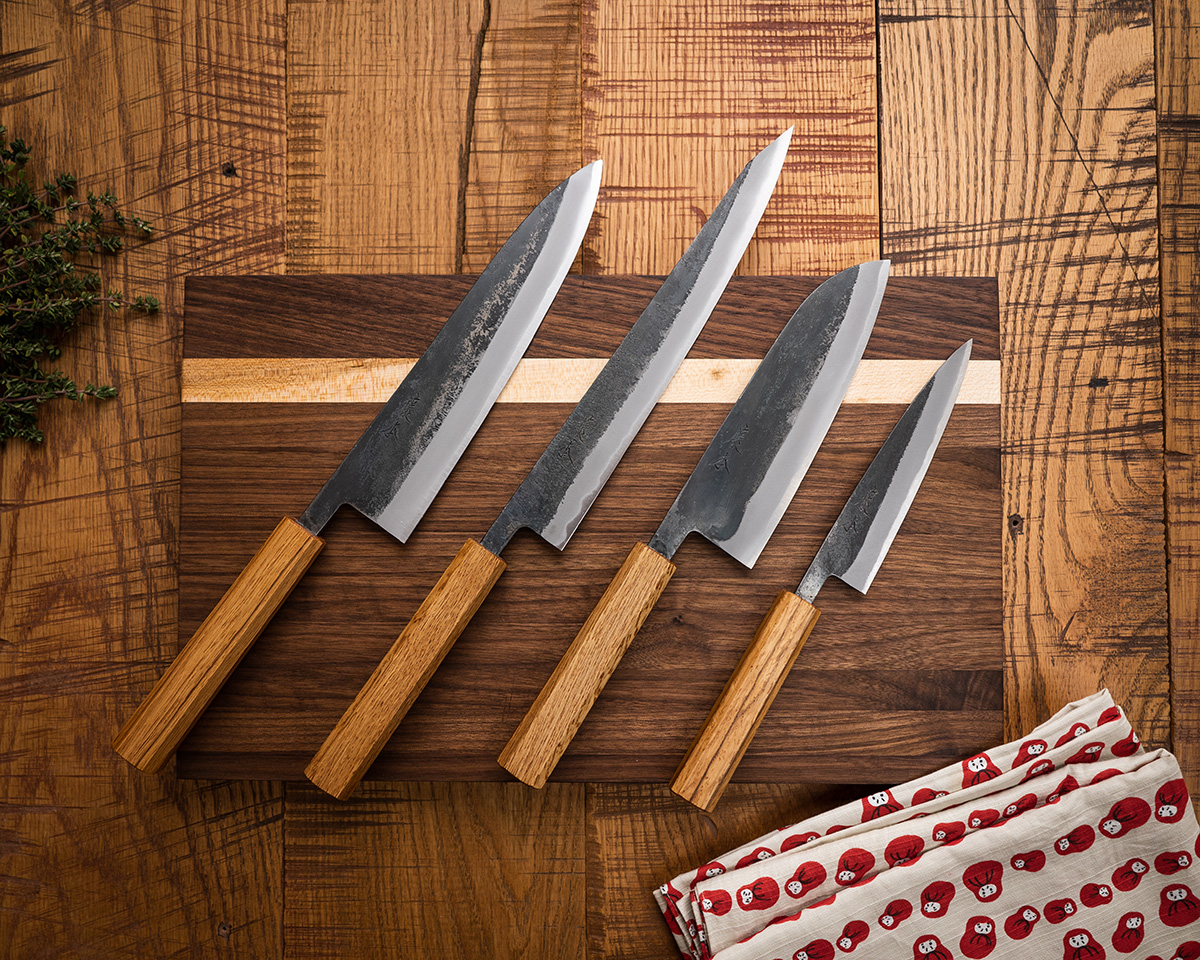
Places To Be
See this month's local flavours, products, and services.

